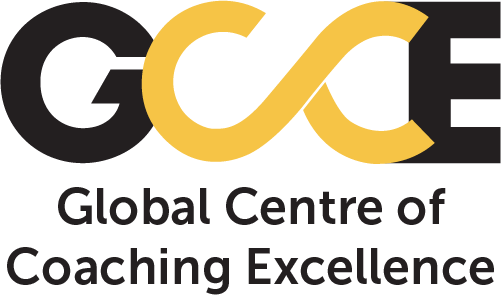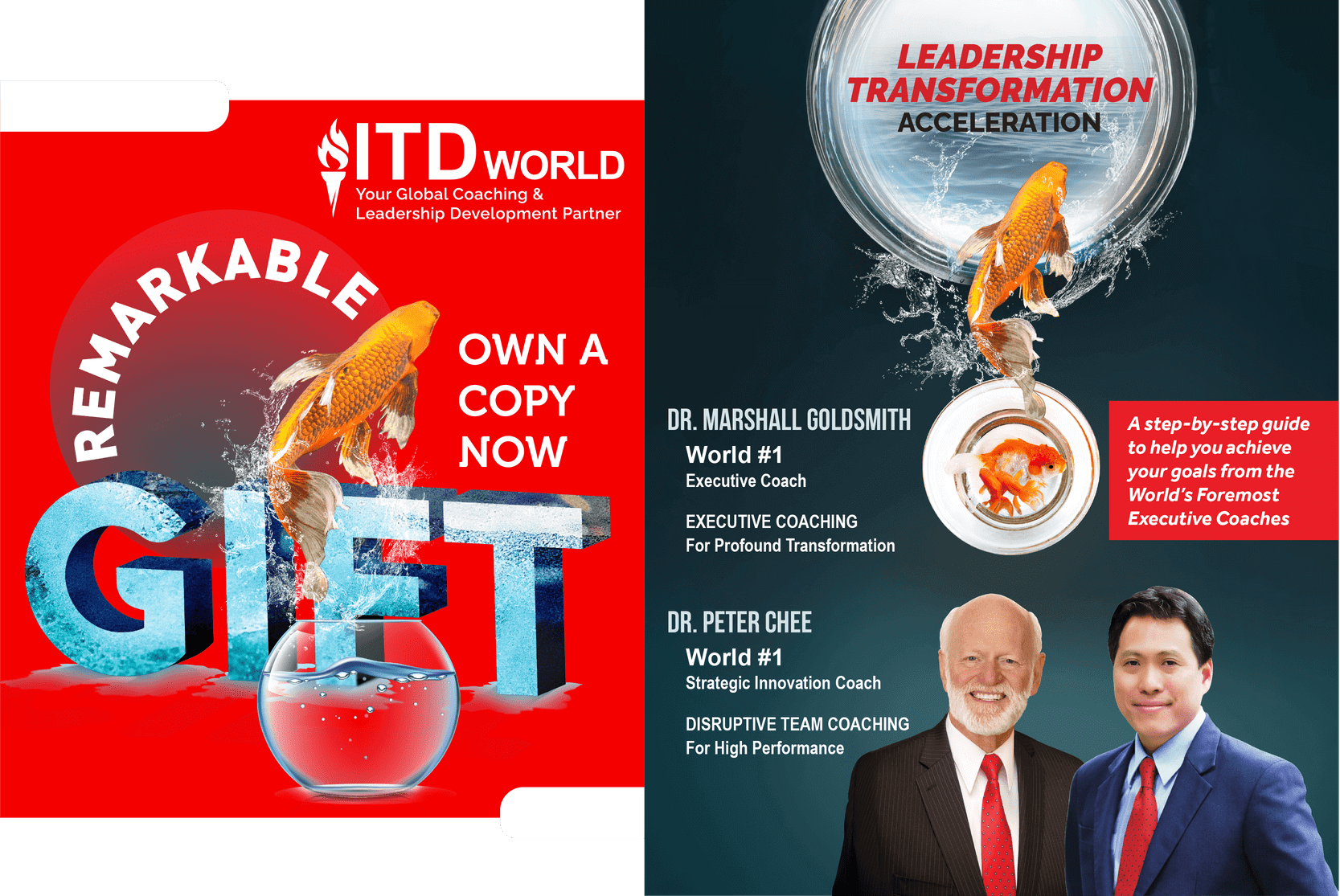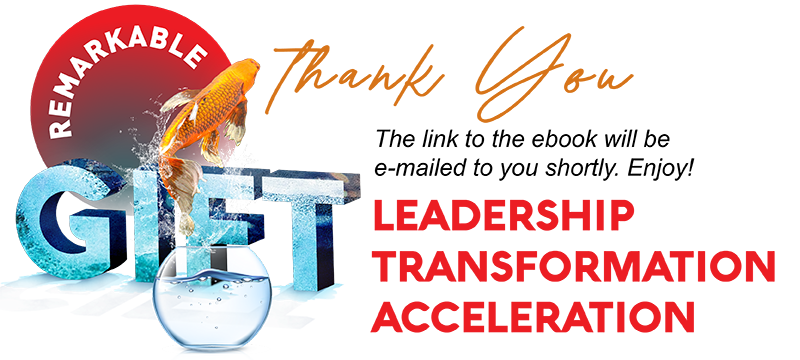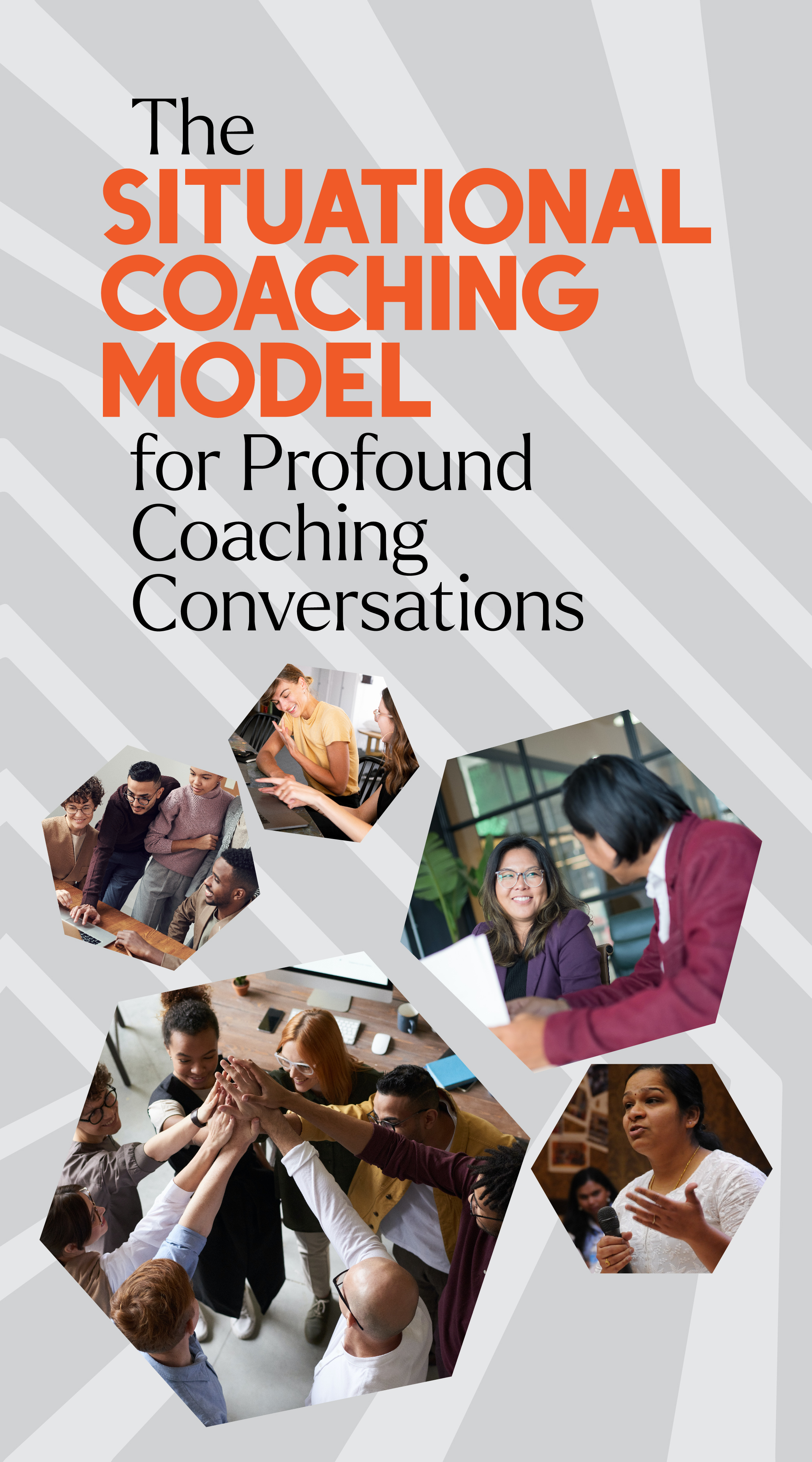
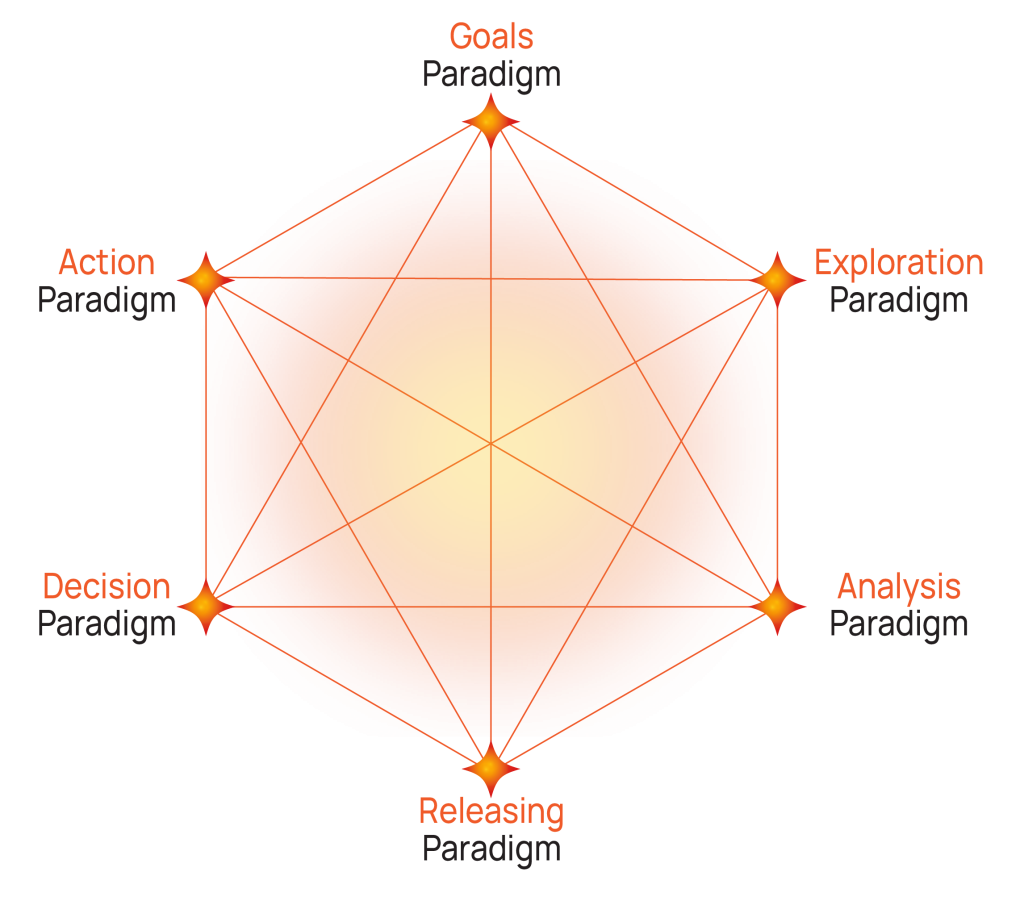
Situational Coaching Model (SCM)
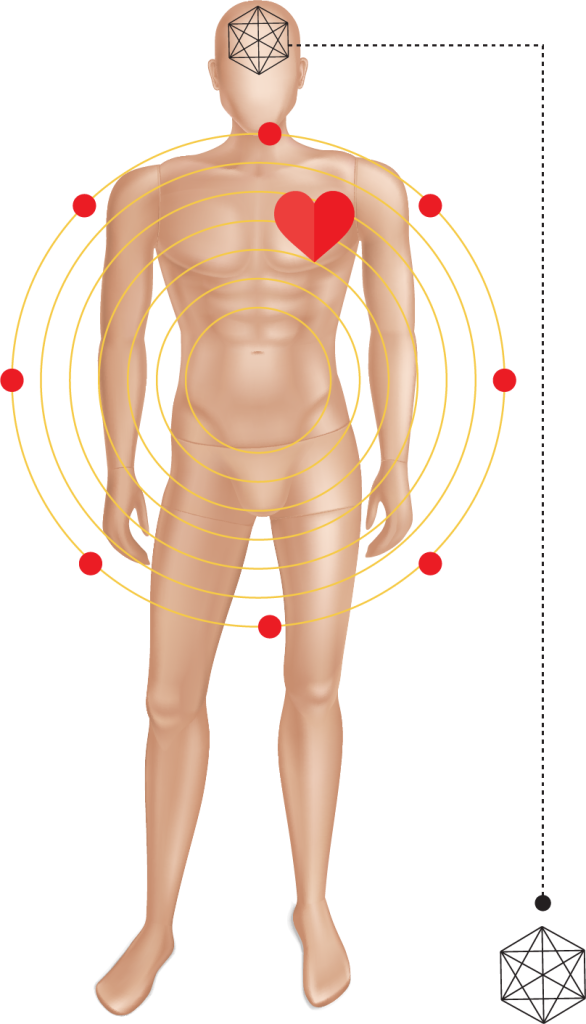
Situational Coaching Model (SCM)

GOALS
Paradigm
1. In what ways can you best use your strengths and talents to serve your organization and the world?
2. What is your greatest passion and talent that you would like to use to serve others?
3. When you look at your life as a whole, what do you think is your main purpose for being in this world?
4. What do you know about your life purpose? Your destiny? What were you created to do?
5. What are your most important goals in the following seven areas of your life? (Professional, financial, relationships, health and fitness, recreation, possessions, and contribution.)
EXPLORATION
Paradigm
Coaches use this crucial paradigm to generate more ideas and possibilities, and help others see wider perspectives. By thinking of the “big picture”, the coach enables the coachee to capture a bigger range of creative and innovative ideas to achieve the desired results. Staying open to different ideas and ways of thinking is crucial. By having an open mind, people do not miss out on useful ideas.
In this paradigm, the coach becomes the thinking partner to the coachee. The coach challenges and stimulates the coachee to come up with out-of-the-box and outrageous ideas. Some of the questions coaches can use in this paradigm can focus on helping the coachee see connections between success factors, and identify potential problems and their solutions.

Here are examples of coaching questions you can use to get people to trigger innovative ideas:
1. What are the wider benefi ts of pursuing and achieving this goal?
2. How will achieving this goal help you to achieve other goals?
3. In what way would the realization of this goal impact the other aspects of your life?
4. What value could you add to others by accomplishing this mission?
5. How would achieving this goal directly or indirectly serve the wider community?
An excellent coach drives exploration by tapping on their own curiosity. Curiosity ignites the spirit to ask great questions by using observation and intuition. The potential to generate potentially innovative ideas to accelerate progress is there when coaches listen for what is significant for the success of the coachee.

ANALYSIS
Paradigm
The Exploration Paradigm is usually followed by the Analysis Paradigm. After exploring a lot of ideas and options and listening for what is significant, it is necessary to identify the ones that are most important to the coachee, and would produce the best outcomes for them.
The objective here is to put coaches in the best position to make good decisions. Ask questions that go deeper into the various areas that are important to your client so that they derive maximum mileage from being an effective analyst.
Here are examples of coaching questions you can use to get people to analyze what their best options are:
1. Of all the options that you have identified so far, which are the ones that you would consider to be really important?
2. Why would you consider them to be most important?
3. Deep inside, what really motivates you to pursue this goal?
4. What would be the best thing you could do to conquer this challenge?
5. Among all the different strategies for obtaining your goal, which ones stand out as the most powerful?

RELEASING
Paradigm
In using this paradigm, coaches are helping the coachee to let go of negative emotions that are blocking them and offset them with positive feelings. When the conversation moves to this paradigm, coaches need to be present, listen, care, and show understanding.
Ask questions to get people to articulate their feelings and emotions related to issues they are facing. This increases their emotional awareness, allows them to talk and release any psychological pain. Doing so lightens the burden the coachee is facing and paves the way for uplifting emotions to enter.
Here are examples of coaching questions you can use to get people to release the pain:
1. What’s getting in the way of living the life that you want?
2. What might be stopping you from pursuing your dreams?
3. Is there any fear that might be holding you back?
4. Tell me, is there anything that really worries you?
5. What’s frustrating your progress and holding you back?
When helping others to release the things that are blocking them, one of the greatest gifts you can give is to be present. You can be present and turn off your inner dialogue by focusing on the other person’s agenda. When you show that you can understand the situation, challenges, resistance, and fears, your presence becomes a great present for others.
DECISION
Paradigm
Almost all people in a coaching conversation will have to make a decision one way or another. In this paradigm coaches work to support the coachee make the best decision for action. If the coachee is ready to decide, move forward with them. What you do not want to do is to push them into making a hasty decision, or to decide on things that they are not committed to. Doing so maximizes the possibility that things will not get done.

Here are examples of coaching questions you can use to get people to arrive at a decision:
1. Do you think you have enough good options to choose from?
2. Make a list of your options and categorize them under three groups–top priority, second priority, and third priority. What does that look like?
3. How many criteria do you have to help you make a choice?
4. What would be your main criteria?
5. If you reduce the criteria to three main ones, what would they be?

ACTION
Paradigm
Here are examples of coaching questions you can use to get people to drive action:
1. What are the most important action steps that you could take?
2. What action steps will you take?
3. What are the five most important things that you will do every day to follow through on your decision and achieve your goal?
4. What are your next steps, and by when will you complete them?
5. What kind of support structure could you put in place to make sure you take these steps?
Ultimately, moving the coachee to action is all about taking the necessary steps to create the future they desire. Profoundly great coaches want the people they coach to be successful because they share one core belief. All of them believe in human potential for greatness. This belief is the beginning for successful coaching. Every great coach is firm in the belief that every individual is uniquely valuable with distinct gifts and potential for greatness. Great coaches know how to appreciate what is special in others and use this belief to drive action for great outcomes.
Coaching conversations become effective and powerful when coaches combine The Coaching Principles with the Situational Coaching Model (SCM) to best meet the needs of the situation.
Remaining
FLEXIBLE

The Situational Coaching Model is comprehensively explored in the book Coaching for Breakthrough Success. The book gives you a holistic deep dive even deeper into the successful operation of each principle. Included in the book are the The Coaching Principles (TCP), and the Achievers Coaching Techniques (ACT).
By synergistically combining The Coaching Principles with the Situational Coaching Model and the Achievers Coaching Techniques, you generate excellent conditions for powerfully coaching conversations. Get your copy today to tap on time-tested principles of exemplary coaches with the latest disruptive techniques used by the world’s top performing leaders. This step-by-step playbook shows you how to nurture–in yourself and others – the three essential requirements of coaching excellence.
Now that you have an idea of how powerful and profound coaching enables results, take you coaching journey further by being a certified coach.
You may also want to work with a professional coach and mentor from ITD World to turn your dreams into reality.
